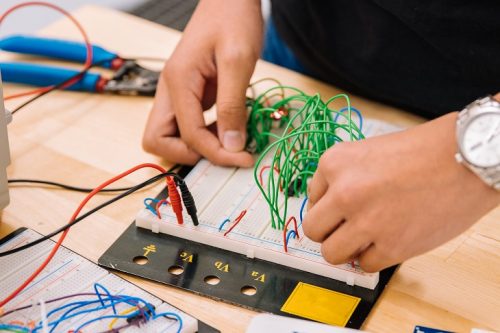Calling all Science and Engineering teachers! Interested in helping your students become better readers of science texts as they master the goals of your grade level and more? The Reading Apprenticeship approach models discipline-specific literacy skills and establishes routines for discussion and collaboration that tap students’ own experiences.
These 14 units were designed by teams of science educators who use Reading Apprenticeship in their classrooms. The teams were part of a Design Group led by Reading Apprenticeship senior staff members: Dr. Cynthia Greenleaf, Dr. Willard Brown and Heather Howlett. The units are guided by an inquiry question and include detailed lesson steps, student materials, and student work samples from Reading Apprenticeship classrooms.
There is a landing page for each unit on our Resources webpage and unit overviews in the Teacher Materials. The units were designed and tested during the pandemic, so they include digital and in-person resources and teaching routines.
Select units and inquiry questions include:
- Civil Engineering: What makes for the best design?
- Biology: What makes us who we are?
- Chemistry: What is the chemistry of a candle?
- Earth Science: What is Earth’s physical history?
- Physical Science: How do rockets work?
- Physical Science: How are ice spikes formed?
Explore our library of curriculum resources here.
Select Reading Apprenticeship routines integrated into these units include:
- Metacognitive Conversation (Chapter 4 of Reading for Understanding)
- Think-Write-Pair-Share
- Talking to the Text (learn more about the Talking to the Text routine here) as well as in Reading for Understanding Chapter 4 (pp. 108-109).
Interested in learning about the unit design process?
Watch the webinar replay of two middle school science educators about how they incorporated literacy supports within Mi-STAR science curriculum units using Reading Apprenticeship strategies, and see how you can use these supports in your own classroom.
The design of the STEM units was supported by a 2018 SEED grant to WestEd from the U.S. Department of Education (Grant U423A180020) and by a grant from the Hewlett Foundation. The opinions expressed are those of the authors and do not represent views of the U.S. Department of Education nor the Hewlett Foundation.
Permission to use: The lesson materials open education resources in the Creative Commons (CC BY license). You are free to distribute, remix, adapt, and build upon the lesson materials and plans as long as you credit the authors for the original creation. The texts in the unit are CC licensed by the authors or public domain. Please credit the original authors for the texts.

